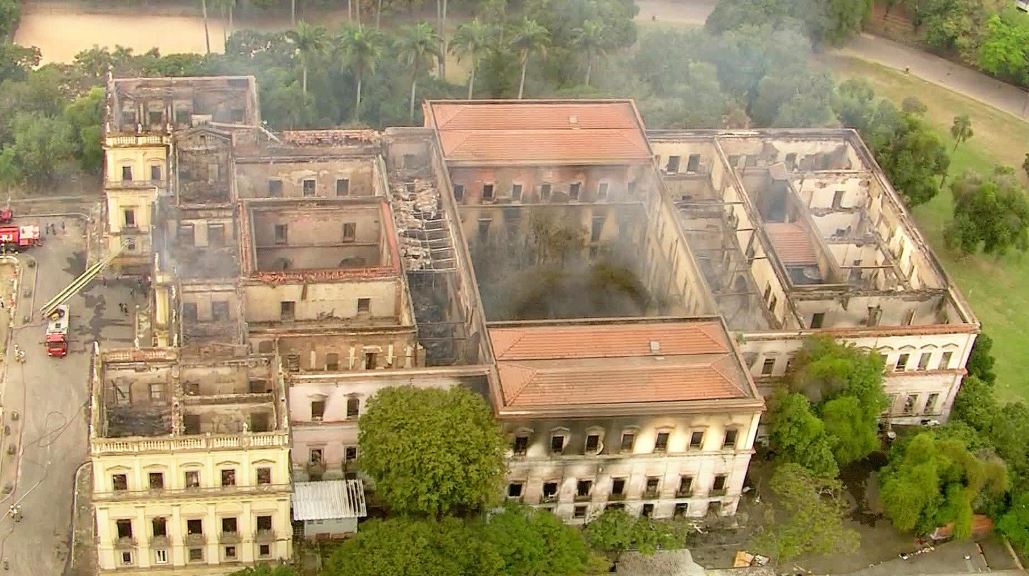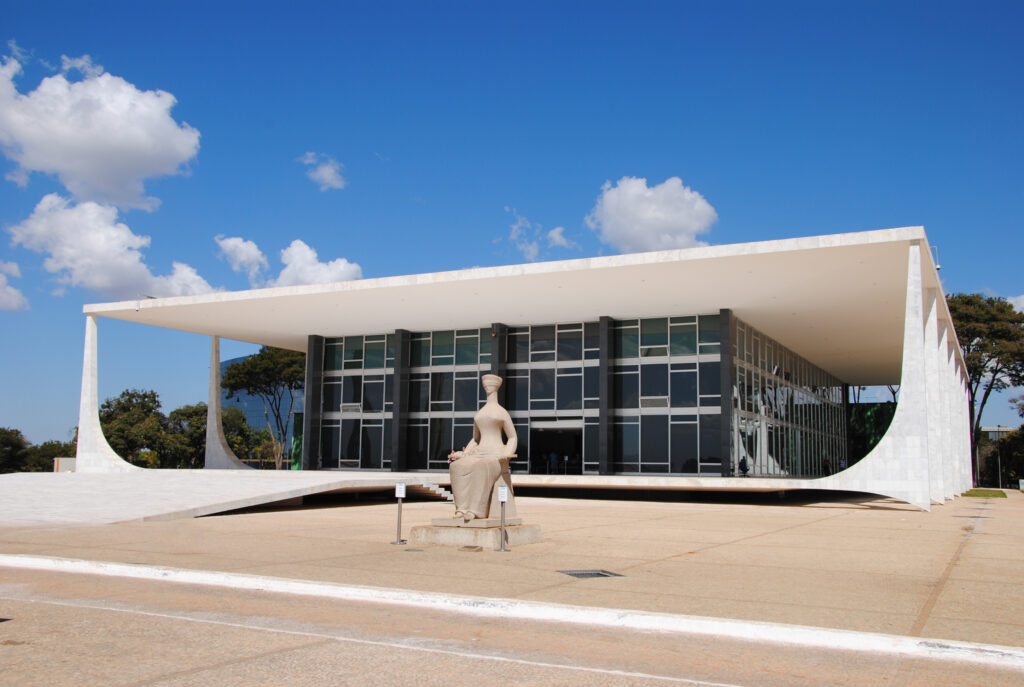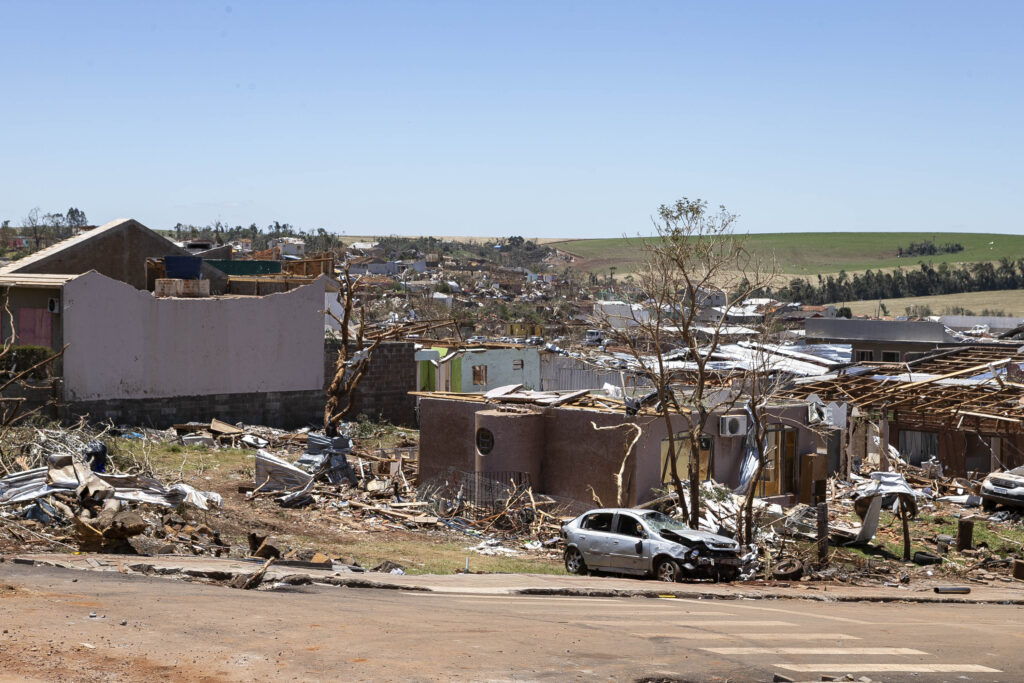On the evening of Sunday September 2, a tragic fire swept through Brazil’s National Museum, destroying around 20 million relics and the world’s seventh largest archive of both national and global history.
Originally home to Portuguese royalty as well as the Brazilian Imperial Family in the 19th century, the structure of the building – located in the Quinta da Boa Vista region of Rio de Janeiro – was largely unaffected due to the thickness of the dated brick walls.
However, due to the wooden structures that made up both the roof and flooring, it was the priceless contents that were destroyed. Among the most important items lost to the flames were a collection of Egyptian mummies, indigenous artefacts and the oldest fossil ever to be found in South America.
incredibly sad video from inside Brazil’s gutted National Museum — only the meteorites withstood the fire pic.twitter.com/6BoTJqanSd
— Matthew Champion (@matthewchampion) September 4, 2018
One of the most devastating losses, however, was that of the research contained within the post-graduate UFRJ (Universidade Federal do Rio de Janeiro) faculty, housed within the museum.
The cause of the fire remains unknown to investigators. What is certain, however is that it came from above, rather than below, meaning that there is still some hope to save collections that were located in annexes and archives located in the basement.
The population’s reaction to the fire was one of sadness and, in many cases, outrage, as thoughts immediately sprung to how it could have been prevented.
Due to their links with the museum, the spotlight has been firmly placed on the public UFRJ during the fallout from last week’s fire. Indeed, former UFRJ School of Communication Director Amaury Fernandes told Brazil Reports that Brazilian media has played a part in blaming the university for not taking sufficient measures to prevent a fire from occurring.
In an interview with the BBC, for example, Brazil’s Minister of Culture Sérgio Sá Leitão pointed out the importance of “mentioning that those who were in charge of determining visitors to the National Museum were the UFRJ, not the federal government or the Minister of Education.”
Leitão went as far as suggesting the university could have done more to better prepare for such an incident, claiming “they could have chased after private companies,” and insisting they could have found other ways to finance the repairs needed. “It’s easy to transfer the responsibility onto others, but if you manage something, you are responsible for it,” he added.
Likewise, columnist for local newspaper Estadão José Nêumanne also called for the resignation of left-wing “PSOL (Social and Liberalism party) activists acting in the name of the UFRJ, who are in charge of the National Museum.” “They should apologise and be sacked,” he wrote.
From the university’s perspective, however, directors argue that government budget cuts for public universities have meant that poor maintenance has been an issue for years, making the museum exceptionally vulnerable to unpredictable incidents such as fires.
Indeed, the BBC argue that public university funding has been “stagnated,” for the past few years. UFRJ’s Fernandes alleged that of the $55 million reais (US$13 million) budgeted for public universities, only around 6 million (US$1.5 million) were spent, describing the “savage model of privatisation” that Brazil currently perpetuates.
As a result of the cuts in funding, therefore, security at the museum was significantly reduced on the night of the fire and the state-funded hosepipes just outside the museum contained significantly reduced levels of water, he explained. Insufficient equipment meant that despite some firemen’s claims of extracting water from a nearby lake to compensate for the lack of water in the hosepipes, putting out the flames was a very difficult process. A combination of these factors created a delay in fighting the fire that ultimately resulted in it spreading far quicker than expected, Fernandes claimed.
For many, however, the latest fire at the National Museum is but the worst in a long line of fires that have occurred in public buildings throughout the last 10 years in Brazil due to insufficient maintenance. These include the São Paulo’s Teatro Cultura Artística, Instituto Butantan, Memorial da América Latina, Centro Cultural Liceu de Artes e Ofícios, Museu da Língua Portuguesa, Cinemateca Brasileira, as well as the Museu de Ciências Naturais da PUC, located in Minas Gerais, as well as the UFRJ itself, which caught fire in 2011.
“It’s not the lack of institutions, it is the lack of care that people have for them,” said Fernandes, who believes Brazil is not taking sufficient care of its national memory and that a patrimony policy is what the country needs.
To make the situation worse, he argues, the current government in its near-ending tenure cannot be relied upon to alleviate the situation and restore the educational importance of museums. Describing it as “sad,” he points out that Michel Temer’s government was not a democratically elected one due to the impeachment of ex-President Dilma Rousseff, pointing out that “people didn’t vote for this government.”
Meanwhile, following numerous protests, UFRJ activists have begun a project to recuperate as many relics as possible from the rubble, just as they attempted to do on the night of the fire. Speaking to The Guardian, Rio de Janeiro museum studies student Luana Santos explained how the group is planning to use the relics “to show the affection that people had for the museum.”










